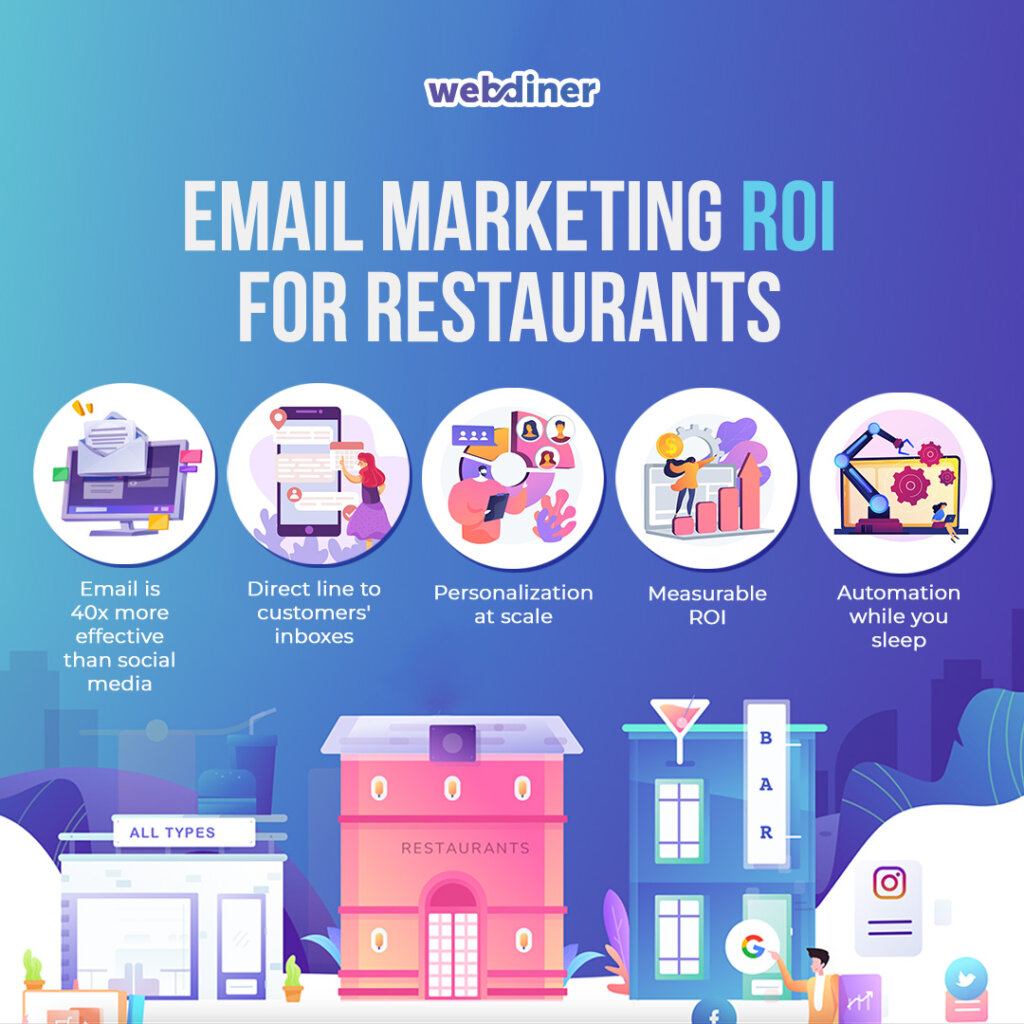3 Ways Your Restaurant Menu can Go Green

Going green doesn’t have to be hard, intimidating, or expensive! In fact, you can make a difference by implementing small changes to the way you shop for food for your restaurant.
Locally Grown Sustains Your Restaurant
Buying produce and meat from farmers in your area significantly reduces your restaurant’s impact on the environment. Why? Because shipping ingredients, across the globe or even across the state requires large amounts of petroleum based products (oil & gas), and produces toxic air pollution from vehicle emissions. Partnering with food producers in your area reduces this negative environmental impact.
There is a wealth of other benefits to buying local. You lose less food to spoilage because fresh picked fruits and vegetables last longer than ones that have been shipped. They are more nutritious since produce starts to lose healthy nutrients from the moment it’s picked. Your purchasing dollars are contributing to the economic health of your local community, and that creates more jobs for your friends and neighbors.
Buying Seasonal is Better Eats
Did you know that some produce that is labeled as “fresh” is actually stored for months after harvest? I don’t know about you, but I was shocked (and grossed out) when I found out that apples are refrigerated and dipped in chemicals so they can be stored for up to 10-months after being picked! It’s not just apples either, have you ever noticed how tomatoes bought in December don’t smell like ripe summer tomatoes? That’s because they are picked green, chemically treated, refrigerated, and shipped from somewhere tropical. Yuck!
Adding seasonal menu items is an easy and inexpensive way to green up your restaurant. Buying and serving seasonal foods is healthier and tastier for your guests; easier on your wallet—seasonal is cheaper and good for the planet!
Grow Your Own Ingredients
Yep, you can grow your own veggies and it’s not as hard as you think! You don’t need a big plot of land or a particularly green thumb to grow some of the ingredients you use in the dishes you serve to your guests. All you need to grow most veggies is a sunny spot, a planting pot, soil, and seeds or seedlings.
A wide variety of fruits—like strawberries or tomatoes —herbs, and veggies—lettuces, pole beans and the like—can be grown in containers. Imagine how impressed your guests will be when they can see the food growing that you are serving on their plate!
Share This
Read Similar Articles
Digital and Print Marketing: A Match Made in Restaurant Heaven
Picture this: a customer scrolls through their phone, sees your mouthwatering pizza special on Instagram, and suddenly they’re craving a slice. But here’s the twist. The next day, they find…
Brand Reset: Mixing a Fresh Identity for Modern Businesses
Every thriving business reaches a crossroads, a moment when it becomes clear that a surface update is not enough. Sometimes the smartest move is a hard reset. Rebranding is much…
The Secret Sauce of Email Marketing: Serving ROI on Every Plate
The modern restaurant isn’t just a place to dine. It’s a living brand, connecting with customers far beyond the dining room. Amid a whirlwind of social posts and online chatter,…

